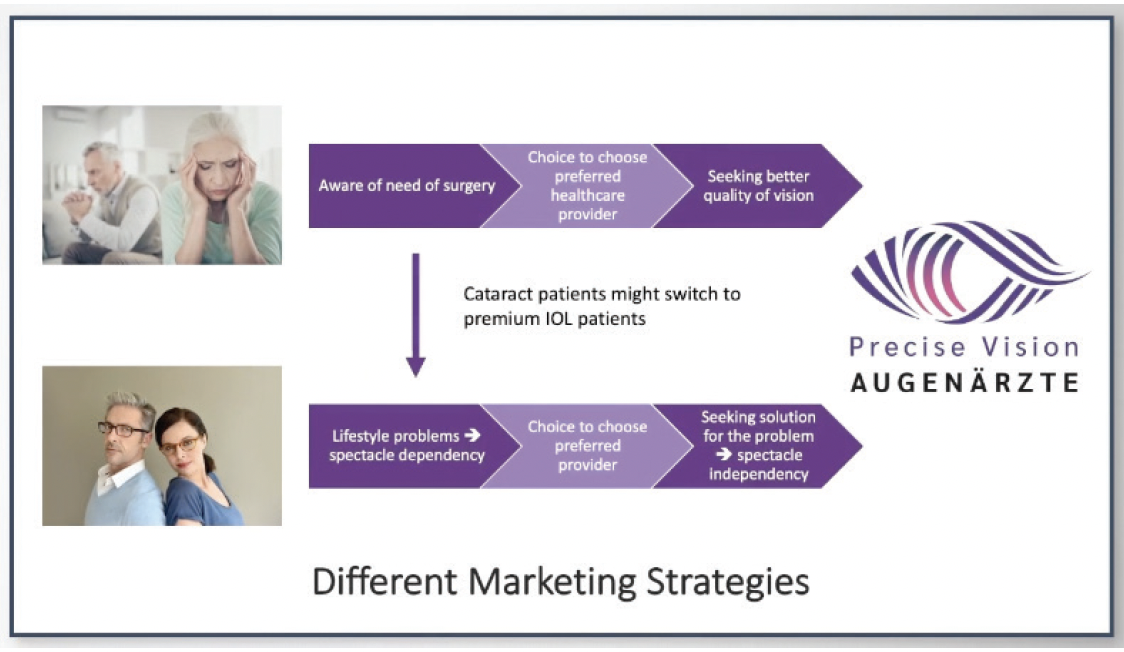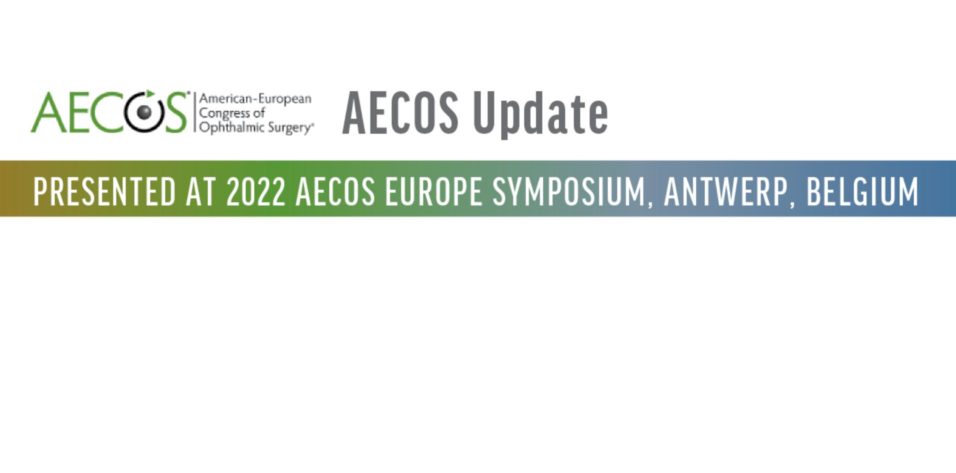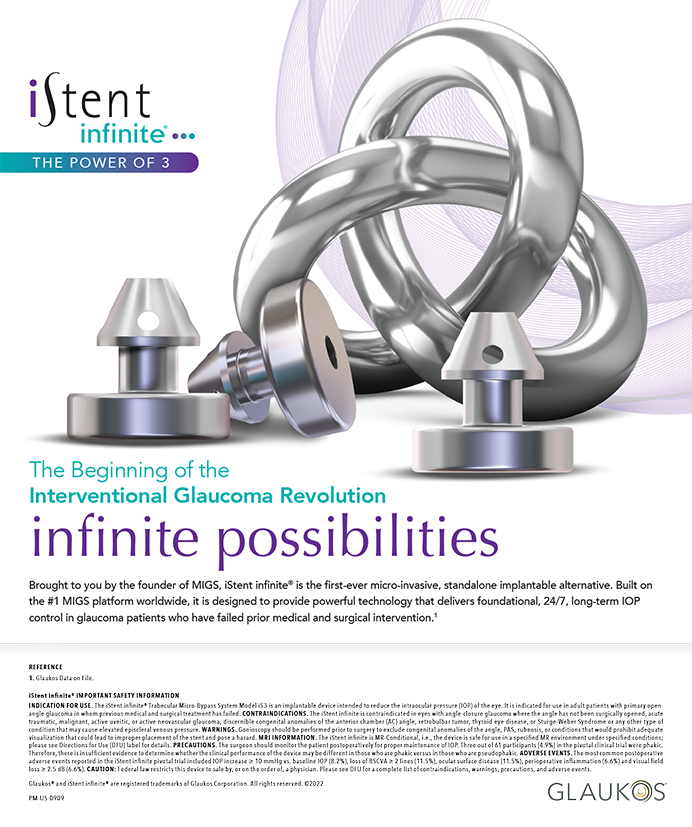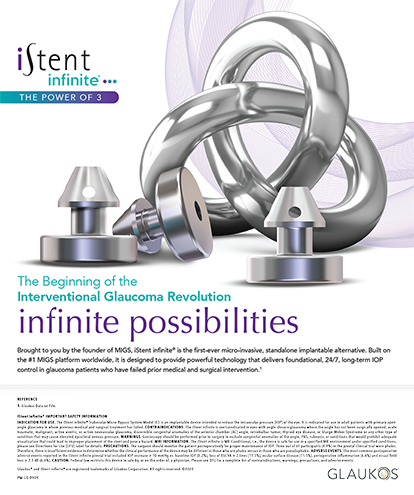
Marketing encompasses tactics designed to attract patients to your practice and get them excited about a procedure. For lens-based surgery, the time, effort, and money spent on marketing were conservative historically because the cataract surgery population was clearly defined, most patients were proactive in seeking care for significant visual complaints, and IOL options were limited. Additionally, third-party payers (ie, insurance companies) cover the costs of removing a cataract and implanting a standard monofocal IOL.
The introduction of advanced technology IOLs changed the landscape and broadened the indications for lens-based surgery to include not only cataract surgery but also lens refractive surgery. These patient populations are quite different. Individualizing marketing efforts for each group can help grow your business (Figures 1 and 2).

Figure 1. The core differences in marketing to cataract surgery and refractive lens exchange patients.

Figure 2. Examples of targeted imagery for health care and lifestyle marketing.
MARKETING PATHWAYS
No. 1: Cataract surgery patients. Patients who present with reduced visual function and a clinically significant cataract are often used to wearing glasses and tolerating some degree of dysphotopsia. Not all of them want spectacle independence. Most, however, want a better quality of vision and are therefore possible candidates for premium IOLs. Many of these individuals have never heard of premium lenses. The best marketing pathway for them is something that I call health care marketing, which emphasizes safety, security, precision, and trust (see Health Care Marketing, Figure 2). Describe your professional experience and provide prospective patients with ample education on the types of IOLs and how insurance generally works.
In Germany, where I practice, patients are often uninformed about the lens options and unaware that a copay is required for some IOLs. When they understand how their health care plan works, they are more inclined to consider a premium IOL. The financial circumstances of these patients, however, vary greatly. Health care marketing can also include information on other surgical technologies such as the femtosecond laser, but it must be presented only as an option.
It is important that all cataract patients have the opportunity to elect a premium IOL. This can only happen if they are educated about their individual options for improving their vision.
No. 2: Refractive lens surgery patients. These patients have full visual function but are dissatisfied with their glasses or contact lenses. They have a lifestyle problem and want an individual solution to restore their youthful vision. Typically, they have done research and have a general idea of which IOL they want.
For this group, the best marketing pathway is what I call lifestyle marketing. These efforts should appeal to patients’ physical desire to be rid of their glasses and contact lenses. Include examples of patients who are happy after their refractive lens exchange procedure (see Lifestyle Marketing, Figure 2).
Another important component of lifestyle marketing is a discussion of safety because these patients want a guarantee that their procedure will be a success. Additionally, many of them are not candidates for laser vision correction. Reassure them that a lens-based procedure can provide them with the same results as laser vision correction with less risk to their eyes.
Refractive lens surgery patients typically visit an eye care practice after gathering a lot of information, but it is often misinformation. Lifestyle marketing should focus on the personalized service they will receive at your practice and how they can expect specialists to determine the ultimate solution for them. There is no one-size-fits-all refractive solution, so it is important to highlight the approach that you will take to make their vision goals a reality.
Lastly, try to underpromise and overdeliver. The best lifestyle marketing techniques make patients feel like they will be well taken care of and the services you will provide are customized for them.
CONCLUSION
Cataract surgery is a health care solution to prevent progressive vision loss, whereas refractive lens surgery is an elective option for patients who desire a better quality of life and spectacle independence. Differentiating between the two groups and individualizing marketing efforts can help grow your business.




